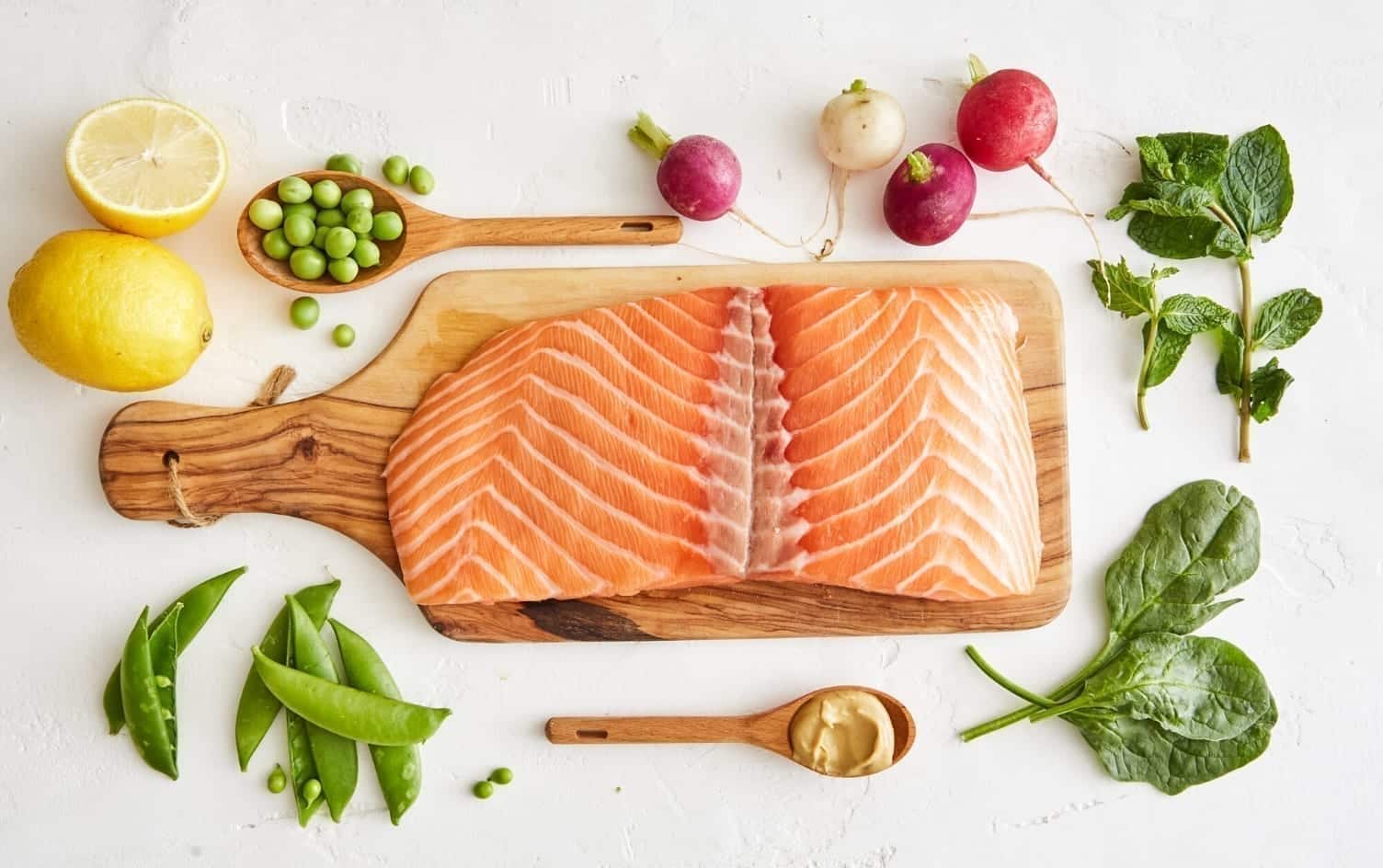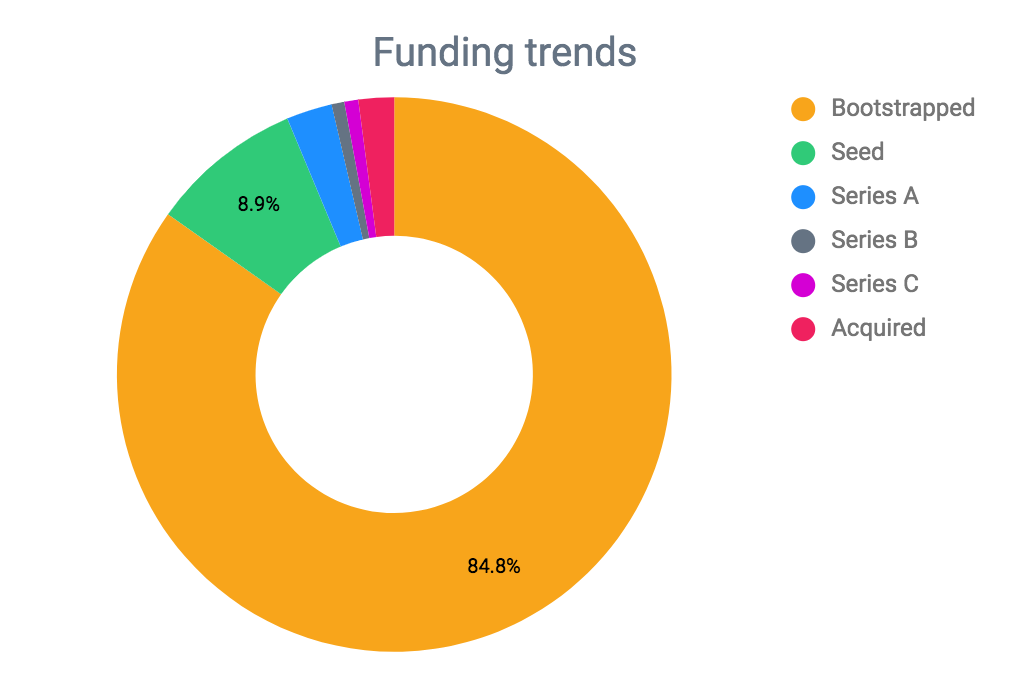The average dietary intake of mercury and trace metals from salmon still remains a. For instance the average adult could eat 13 ounces of fresh salmon per day while staying under the EPA recommended maximum.
 Wild Salmon Mercury Levels Page 4 Line 17qq Com
Wild Salmon Mercury Levels Page 4 Line 17qq Com
Our fish are exceptionally pure by any standard.

How much mercury is in salmon. Salmon is one of the fish that has very low mercury levels so it is very safe to be consumed every day. One may also ask how much salmon is too much mercury. Like many other fish the answer is yes salmon does contain mercury however unlike others the mercury levels in salmon are relatively low in comparison.
These fish are Salmon Swordfish Tuna and most other large fish. Five of the most commonly eaten fish that are low in mercury are shrimp canned light tuna salmon pollock and catfish. You have to avoid following fish to avoid mercury exposure.
In the most recent tests using a threshold detection level of 10 parts per billion 001 part per million Covance Laboratories found no detectable mercury in our Salmon Oil. Mercury is found in wild fish at the top of the food chain. 69 Zeilen salmon canned 0014.
The Environmental Protection Agency EPA classifies salmon under the fish with a very low mercury levels category. How Much Salmon per Week Due to Mercury. Choose a variety of fish lower in mercury such as salmon tilapia shrimp tuna cod and catfish.
Another commonly eaten fish albacore white tuna has more mercury than canned light tuna. Eat 8 to 12 ounces two to three meals a week of a variety of fish and shellfish that are lower in mercury. For instance if a person is pregnant its suggested that she eat 6 ounces of salmon or tuna per week because it only contains minimum mercury content thus reducing mercury exposure and risk.
Salmon especially Norwegian salmon is said by Rita to have an excellent vitamin D. But some who ate only salmon or tuna also had high mercury levels. Having a blood mercury level of 58 μgL isnt necessarily harmful for an adult explains Dr.
The amount of mercury in certain types of fish varies greatly. Salmon is favorite because of its rich nutritional profile. There is no distinction made between wild and farm-raised fish.
What Fish Should I Avoid. Omega-3 fatty acids the polyunsaturated fats in salmon and other types of fish including herring. Tilefish Gulf of Mexico 219 micrograms of mercury.
Emily Oken an associate professor of population medicine at Harvard Medical School who has studied womens fish consumption during pregnancy. Some of the nutrients found in salmon include selenium biotin vitamins omega 3 fatty acids and proteins. According to the FDA salmon on average contains 022ppm for fresh or frozen salmon and 014ppm for canned salmon.
People should avoid eating too many fishes because of methylmercury commonly known as organic mercury. The EPA and the Food and Drug Administration or FDA recognize salmon as a low-mercury fish. It has an average mercury load measuring 0995 ppm and highest loads measuring 322 ppm.
Salmon which has an average life span of four to five years contains about 0014 PPM of mercury. Does salmon have mercury like other seafood. Swordfish 147 micrograms of mercury.
Farmed salmon contains very little if any mercury. Farm-raised fish may have somewhat less exposure to mercury than their wild free-foraging cousins because they are usually fed a controlled diet often consisting of more grains and soy a cheaper and more abundant source of calories than fishmeal. They get it from eating the smaller fish that feed on plants in contaminated water.
Compared to other foods salmon contains lower levels of other trace elements. Farmed fish get traces of mercury simply by being raised in the ocean but much less than wild salmon. The American Heart Association recommends eating at least two servings of.
Shark 151 micrograms of mercury. Yet the current recommendations are to consume no more than 12 ounces of low-mercury fish a week.










